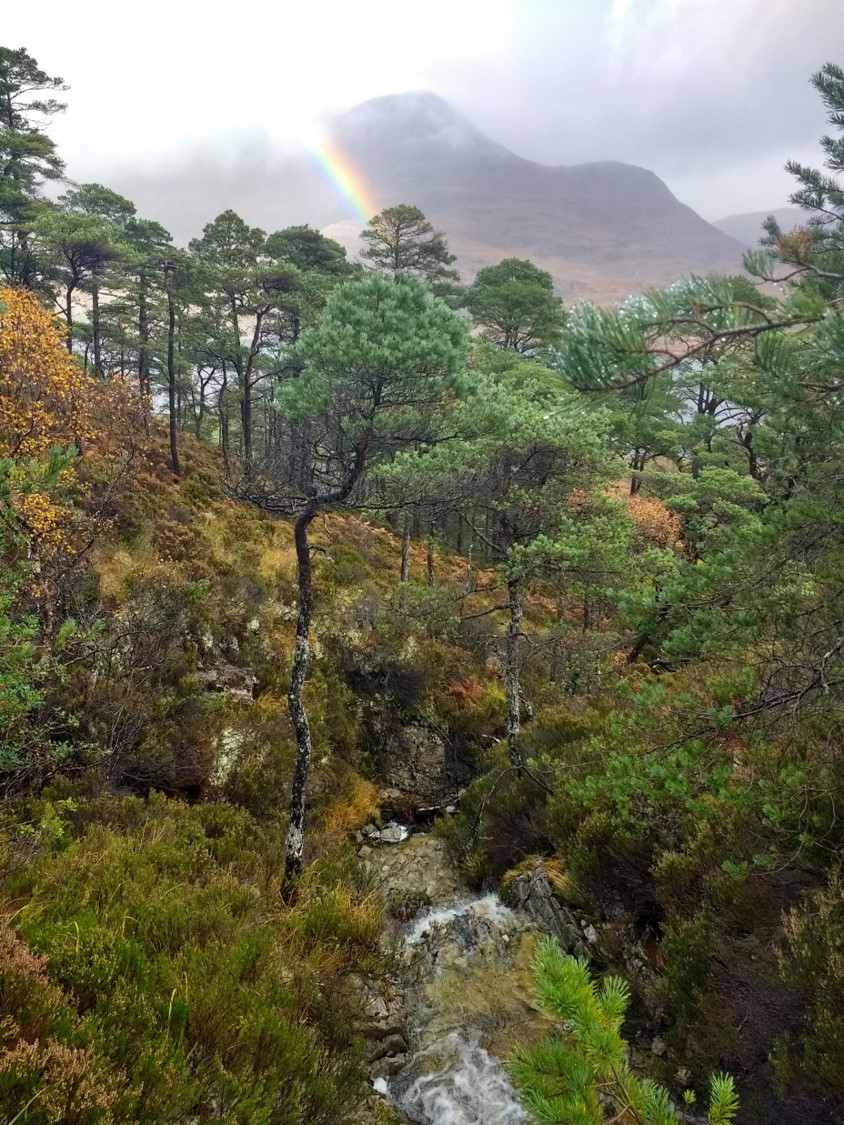Taking steps for healthy forests in Scotland
Authors: Stephen Cavers (UKCEH), Ruth Mitchell (James Hutton Institute)

Scotland’s Caledonian pinewoods and Atlantic oakwoods (or Celtic rainforests) are some of the most distinctive and valuable habitats of their kind anywhere in the world. Each is dominated by a characteristic tree species: Scots pine (Pinus sylvestris) in the former, and oak (Quercus petraea, Q. robur) in the latter. The trees support a diverse community of species that depend on them and the environment they create. For example, estimates suggest 2300 different species may rely on oak, of which 326 occur only on oak trees. These enduring fragments of our more forested past are precious and need care to see them through the changes ahead.
And the changes are likely to be substantial. Shifts in the climate alone would be a lot to handle, but the trees also face particular challenges in the form of new pests and diseases. For Scots pine, the fungal pathogen Dothistroma (D. septosporum) and, for oaks, the disease Acute Oak Decline pose specific new threats. As we have seen already in other species, with the near-complete loss of elms in the UK due to Dutch elm disease and more recently the ongoing loss of many Ash trees to Ash Dieback, new pathogens can cause major changes in our forests.
But the news is not all bleak. Research has shown that these resilient trees have a lot of potential to adapt to new conditions. With sensitive management, they can be encouraged to regenerate and the younger trees are likely to be more suited to the current climate; keeping this cycle of regeneration going will be a key part of resilience to future challenges. At the same time, there are ambitious new targets to create more woodland. By getting the new trees from the right sources and planted in the right places, we can give the new recruits the best chance of a long, healthy life. Larger overall populations of Scots pine and oaks will also mean a better chance that the species as whole, and everything that depends on them, will thrive in future Scotland.
Of course, none of these woodlands are pristine and all have been touched by human activity in the past. Quite rightly, they continue to be enjoyed by people today, more often for leisure now than the industry they might once have seen, but still a vital part of Scotland’s economy. Today, our forests are a major attraction for tourists, with Glen Affric alone receiving more than 100,000 visitors per year, whilst Rothiemurcus may see 250,000. It seems likely that 2020, with higher numbers of domestic visitors due to the pandemic, will have seen a big increase in people getting into the forest. With luck, this will convert more to become regular visitors, to understand the simple steps to keep out the pathogens, and to learn the value of some of our most precious ecosystems.
